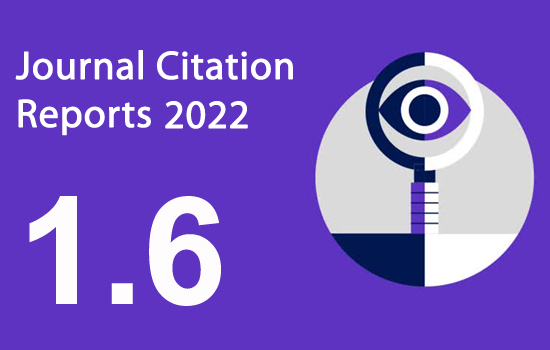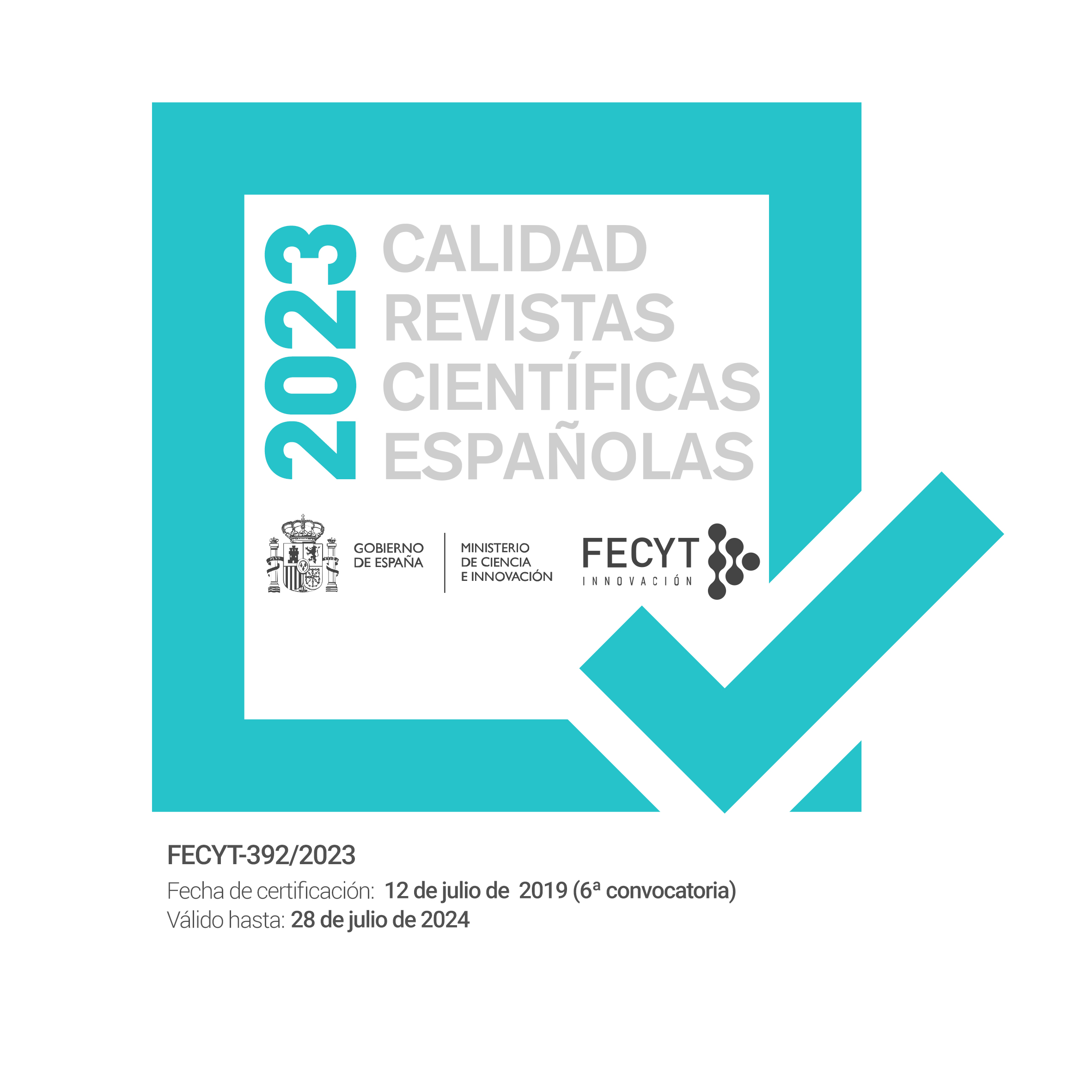Attention and Reaction Time in Shotokan Athletes
DOI:
https://doi.org/10.18002/rama.v6i1.88Keywords:
Attention, reaction time, information processing, karate, performanceAbstract
The aim of this study is to analyze the attention capacity and the reaction time in Portuguese karate Shotokan athletes. Participated 96 Shotokan athletes from the Portuguese Karate Association. We physically characterized the sample (weight, height, body mass index, and body fat mass percentage) and evaluated Simple Reaction Time (TRS), Choice Reaction Time (TRE), Decision Time (TD) and the Distributed Attention (AD). Data was analyzed according to athletes’ group age (15 to 19 yr, 20 to 35 yr and more than 35 yr), level of graduation (9th to 4th kyu, 3rd to 1st kyu, DAN) and by gender (male and female). Male athletes present significant differences from female athletes in height, weight, years of practice and body fat mass. In relation to TRS all groups tend to a value near to 300 ms without significant differences among them, but the TRE and the TD are significantly higher in the Dan athletes and in the +35 yrs athletes than in the other groups. On the other hand the Dan and +35 yrs athletes tend to do less mistakes. Gender does not influence significantly the reaction time in the Shotokan karate athletes, but it seems that women tend to have smaller reaction times than men. Athletes with more years of practice and more graduation need more time to reply to the stimulus than the other athletes, but they tend to do fewer mistakes on their choices than other subjects. As for distributed attention, no significant differences were found in function of the athlete graduation, nor in function of gender. However, for distributed attention, we found statistical significant differences in function of the age, with the oldest athletes presenting lower levels of distributed attention. Our results seem to show that is necessary to do some modifications in the training process of Portuguese Shotokan karate athletes.Downloads
Métricas alternativas
References
Abernethy, B. (1993). Attention. In R. Singer, M. Murphey, & K. Tennant (Eds.), Handbook of Research on Sport Psychology (pp. 127-170). New York: Macmillan Publishers.
Abernethy, B., Summers, J., & Ford, S. (1998). Issues in the Measurement of Attention. En J. Duda (Ed.), Advances in Sport and Exercise Psychology Measurement (pp. 173-193). Morgantown: Fitness Information Technology Inc.
Alves, J. (1982). A reaciometria e as suas possibilidades. Ludens, 6(3), 34-38.
Alves, J. (1985). Relação entre o tempo de reacção simples, de escolha e de decisão e o tipo de desporto praticado (individual e colectivo). Provas Académicas. Lisboa: ISEF (documento no publicado).
Alves, J. (1985b). O tempo de reacção. Provas Académicas. Lisboa: ISEF (documento no publicado).
Alves, J. (1995). Processamento da informação e inteligência. Lisboa: Edições FMH.
Alves, J. (1999). Tempo de reacção e inteligência. En J. Alves, C. Serra & N. Casanova (Eds.), Aprendizagem Motora e Tomada de Decisão no Desporto (pp. 44-83). Guarda: Edições IPG.
Andrade, A., Belmonte, A., & Viana, M. (2006). Tempo de reacção, flexibilidade e velocidade acíclica do membro inferior de atletas de Tae Kown Do. Lecturas: EFDeportes, Revista Digital, 96. Disponible en http://www.efdeportes.com/efd96/tkd.htm. [Consulta 25/11/2010].
Christina, R. & Rose, D. (1985). Premotor and motor reaction time as a function of response complexity. Research Quarterly for Exercise and Sport, 56, 306-315.
Cid, L. (2006). Atenção e Performance Desportiva: Da Teoria à Prática. Horizonte, 125, 8-14.
Cruz, J. & Gomes, R. (2001). A preparação mental e psicológica dos atletas e os factores psicológicos associados ao rendimento. Treino Desportivo, 16, 35-40.
Cuadro, H. (2007). Critérios para la selección de talentos en deportes de combate. Lecturas: EFDeportes, Revista Digital, 104. Disponible en http://www.efdeportes.com/efd104/seleccion-de-talentos.htm. [Consulta 25/11/2010].
Der, G. & Deary, I. (2006). Age and sex differences in reaction time in adulthood: Results from the United Kingdom health and lifestyle survey. Psychology and Aging, 21, 62-73.
Dosil, J. (2008). Psicología de la Actividad Física y del Deporte. Madrid: McGraw Hill.
Ferreira, V. (1990). Tempo de reacção simples, de escolha e de decisão. Motricidade Humana, 6(1-2), 117-131.
Fontani, G., Lodi, L., Felici, A., Migliorini, S., & Corradeschi, F. (2006). Attention in Athletes of high and low experience engaged in different open skill sports. Perceptual and Motor Skills, 102, 791-805.
Gimeno, F. & Guedea, J. (2002). Evaluación e intervención psicológica en judo. En J. Dosil (Ed.), El Psicólogo del Deporte. Asesoramiento e Intervención (pp. 301-324). Madrid: Editorial Sintesis.
Godinho, M. (1985). Processamento da informação, percepção visual e desenvolvimento motor. Ludens, 9(2), 15-17.
Godinho, M., Mendes, R., Melo, F., & Barreiros, J. (1999). Controlo Motor e Aprendizagem: Fundamentos e Aplicações. Lisboa: FMH.
Hick, W. (1952). On the rate of gain of information. Quarterly Journal of Experimental Psychology, 4, 11-26.
Hyman, R. (1953). Stimulus information as a determinant of reaction time. Journal of Experimental Psychology, 45, 188-196.
Jensen, A. (2006). Clocking the mind: Mental chronometry and individual differences. Amsterdam: Elsevier
Landauer, A., Armstrong, S., & Digwood, J. (1980). Sex difference in choice reaction time. British Journal of Psychology, 71, 551-555.
Massaro, D. (1989). Experimental psychology. An information processing approach. Orlando: Harcourt Brace Jovanovich Publishers.
Mori, S.; Ohtani, Y.; & Imanaka, K. (2002). Reaction times and anticipatory skills of karate athletes. Human Movement Sciences. 21(2), 213-230.
Neto, O., Bolander, R., Pacheco, M. & Bir, C. (2009). Force, reaction time, and precision of Kun Fu strikes. Perceptual and Motor Skills, 109(1), 295- 303.
Newell, K. & McGinnis, P. (1985). Kinematic information feedback for skilled performance. Human Learning, 4, 39-56.
Nideffer, R. (1976). Test of Attentional and Interpersonal Style. Journal of Personality and Social Psychology, 34, 394-404.
O’Donovan, O., Cheung, J., Catley, M., McGregor, A., & Strutton, P. (2006). An investigation of leg and trunk strength and reaction times of hard-style martial arts practitioners. Journal of Sports Science and Medicine, 5, 5-12.
Pérez, O. & Morales, F. (2002). La táctica como instrumento de mejoras de la velocidad de reacción en los deportes de combate. Lecturas: EFDeportes, Revista Digital, 53. Disponible en http://www.efdeportes.com/efd53/tacti.htm. [Consulta 25/11/2010].
Posner, M. & Rogers, M. (1978). Chronometric analysis of abstraction and recognition. In W. Estes (Ed.), Handbook of Learning and Cognition Processes (pp. 143-188). Hillsdale, New Jersey: Erlbaum.
Roosen, A., Compton, G. & Szabo, A. (1999). A device to measure choice reaction time in karate. Sports Engineering, 2(1), 49-54.
Samulski, D. (1995). Psicologia do esporte: Teoria e aplicação prática. Belo Horizonte: Imprensa Universitária/UFMG.
Samulski, D. (2002). Psicologia do Esporte. S.Paulo: Editora Manole.
Schmidt, R. (1990). Motor Learning and Performance: From principles to practice. Champaign, Illinois: Human Kinetics.
Singer, R. (1986). El aprendizaje de las acciones motrices en el deporte. Barcelona: Editorial Hispano Europea.
Sobreiro, P. & Alves, J. (2005). PRWin: Software para a mensuração do tempo de reacção. En A. Vitorino, A. Ramires, C. Borrego, C. Silva, J. Martins, J. Alves, L. Cid, M. Gouveia, P. Almeida, & P. Sobreiro (Eds.), Actas do II Congresso Internacional de Psicologia do Desporto. Rio Maior: Edições ESDRM.
Summers, J. & Ford, S. (1995). Attention in sport. En T. Morris e J. Summers (Eds.), Sport Psychology: Theory, applications and issues (pp. 63-89). Chichester: Wiley.
Tavares, F. (1991). Estudo da relação entre os tempos de reacção simples, de escolha e de decisão, e o tipo de desporto praticado nos dois sexos. En J. Bento & A. Marques (Eds.), As ciências do desporto e a prática desportiva, 2, 55-63. Porto: Edições FCDEF.
Tavares, F. (1993). A capacidade de decisão táctica no jogador de basquetebol: Estudo comparativo dos processos perceptivo-cognitivos em atletas seniores e cadetes. Tesis Doctoral. Porto: FCDEF (documento no publicado).
Viana, M. & Cruz, J. (1996). Atenção e concentração na competição desportiva. En J. Cruz (Ed.), Manual de Psicologia do Desporto (pp. 287-304). Braga, Sistemas Humanos.
Weinberg, R. & Gould, D. (2007). Foundations of Sport and Exercise Psychology. Champaign Illinois: Human Kinetics.
Welford, A. (1980). Choice reaction time: Basic concepts. En A. Welford (Ed.), Reaction Times (pp. 73-128). New York: Academic Press.
Downloads
Published
How to Cite
Issue
Section
License
Copyright (c) 2012 António VencesBrito, Carlos Silva, Luis Cid, Dora Ferreira, Ana Marques

This work is licensed under a Creative Commons Attribution-NonCommercial-ShareAlike 4.0 International License.
The authors who publish in this journal must agree to the following terms:
- The authors grant on a nonexclusive basis the exploitation rights (reproduction, distribution, public communication and transformation) of the work accepted for publication to the University of León. The authors can establish, on their own, additional agreements for the non-exclusive distribution of the version of the work published in the journal (for example, placing it in an institutional repository or publishing it in a book), always acknowledging the initial publication in this journal.
- This work is licensed under the Creative Commons Attribution-NonCommercial-ShareAlike 4.0 International License. Click to see basic information and the legal text of the license.
- The authors are allowed and encouraged to disseminate electronically pre-print or post-print versions of their work before publication, as this can give rise to productive exchanges, as well as earlier and increased citing of the works published.











